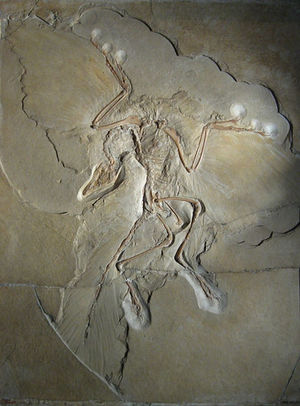In literary history, Transcendentalism is considered one of the most important movements that defined its time. Within this movement, importance is stressed mainly upon the individual and their place in the universe. More specific tenets of Transcendentalism include self-realization, survival, spiritual beliefs, nature and what role the individual plays in each of them. In addition, there is a big focus on God, intuition, and spiritual beliefs over religious beliefs; this is due in part because Transcendentalism branches off of the ideas and beliefs of Romanticism and Puritanism. It is also known to be the most religious and philosophical literary movement, which is reflected in the writings of Emerson and Hawthorne.
Emerson is one of the popular authors known for their Transcendentalist writing. Within his writing, Emerson expresses Transcendentalism within the idea of man being a “transparent eyeball”; man does not exist but can see and perceive knowledge from his surroundings and is enlightened by it. He also expresses the idea of how people have a choice of how they want to live their life, and how the human mind alone sets the bounds to what a person can do.
Hawthorne is another famous Transcendentalist, and he vividly expresses this movement within “The Minister’s Black Veil.” In this story, Hawthorne describes a minister who all of a sudden begins wearing a black veil, which in turn repulses the people of the town. In the end, the reader finds that the veil was symbolizing original sin, and the obstacle between life on earth and eternity. The minister was trying to send the people a message about how to live life by not hiding your sins. In this way, Transcendentalism is reflected by showing how people should not focus so much on the afterlife, but on the journey there. How a person chooses to live their life determines where their soul will end up in the end. Through this story Hawthorne also demonstrates how Transcendentalists see themselves as individuals in a non-individualist society, which relates back to Emerson’s transparent eyeball theory.
In society today, you can also find examples of Emerson’s transparent eyeball theory. For example, when a human is born, they can be born the next Einstein, or they could be born a nobody. Yet everyone is equal and has the same place in the world, along with the ability to change the world and not conform to it.
Whether comparing the Transcendentalist writings of Emerson and Hawthorne or relating such examples to society today, this movement clearly emphasizes the importance of this life in the present. In addition, it shows the significance of living a spiritual life and not necessarily relying on concrete religion or church to have faith. Most importantly, it portrays the value of self-realization and of the individual in the universe. From these tenets and more, you’ll find that Transcendentalism was one of the most significant literary movements of our time.



